The exhibition “Bloody ground” at Berlin’s Martin-Gropius-Bau shows crime scenes, Regina Schmekens oppressive pictures of the NSU. In a DW Interview, the photographer, tells how she came through her work with the Victims in more detail.
-
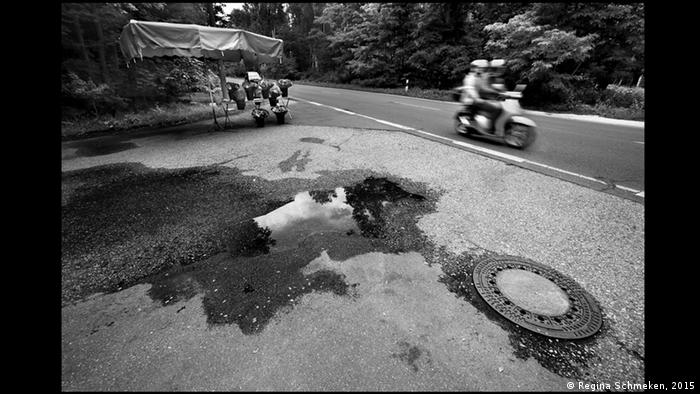
The NSU crime scenes: a photo exhibition
Enver Şimşek, 09.09.2000, Nuremberg
Enver Şimşek, 38 years old, was the first victim of the NSU. He was found in a Nuremberg arterial road with several bullets in his body and died two days later. Regina Schmeken began in the spring of 2013 to photograph the scenes of NSU, and attended it until 2016 several times.
-
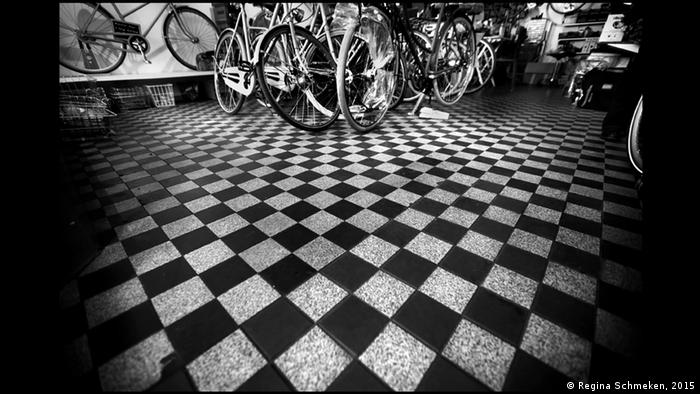
The NSU crime scenes: a photo exhibition
Süleyman Taşköprü, 27.06.2001, Hamburg
The fruit and vegetable dealer, Süleyman Taşköprü, aged 31, was lying in a pool of blood, as his father was. He died shortly thereafter. Photographer Regina Schmeken feels with your camera are often on the ground pulled out, she says. The flooring in this photo is 14 years after the fact is still the same.
-
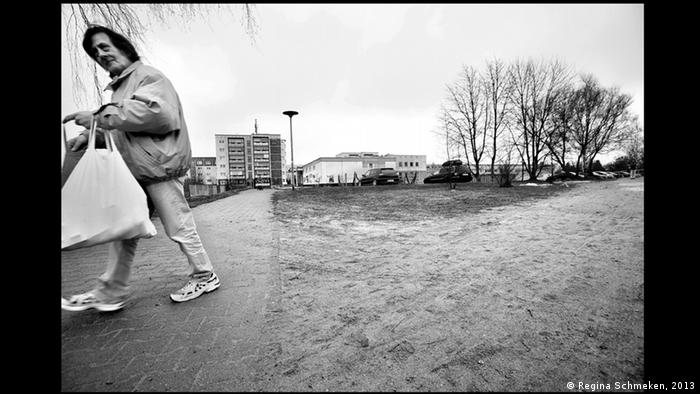
The NSU crime scenes: a photo exhibition
Mehmet Turgut, 25.02.2004, Rostock
Here, the 25-year-old Mehmet died Turgut. He worked temporarily at a kebab stand, when the NSU killed killer shots him in the head. In their exhibition project of Regina Schmeken to the memory of the Murdered and to deal with the crime scenes, which have long been no trace of a violent crime.
-
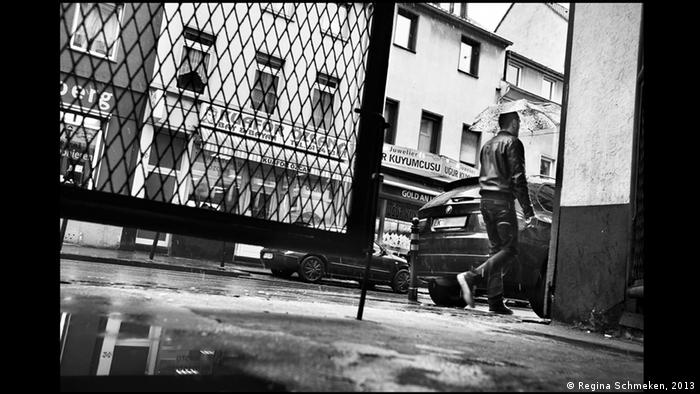
The NSU crime scenes: a photo exhibition
Nail Bomb Attack, 09.06.2004, Cologne
In Cologne’s keupstrasse, the Explosion of a remote-ignited nail bomb injured 22 people, four of them seriously. The street in the district of Mülheim is known for its large number of Turkish and Kurdish shops. A long time the police went out – incorrectly – that it went in the attack to a family feud.
-
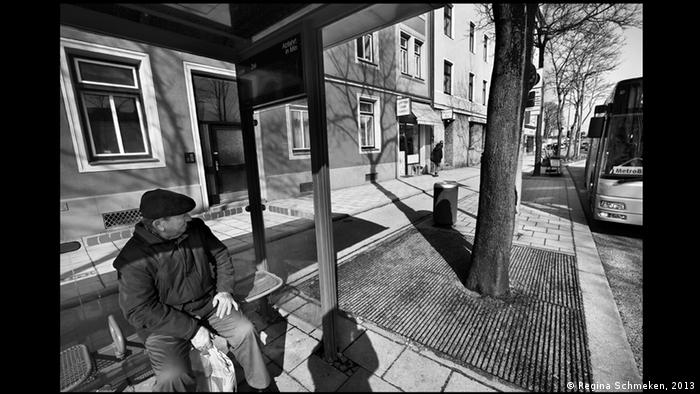
The NSU crime scenes: a photo exhibition
Theodoros Boulgarides, 15.06.2005, Munich
The seventh NSU murder victim Theodoros Boulgarides was. The Greek was executed with three shots to the head. In your images you taste scenes of everyday life has not spared. So you want to make it clear that the killings could at any time happen anywhere.
-
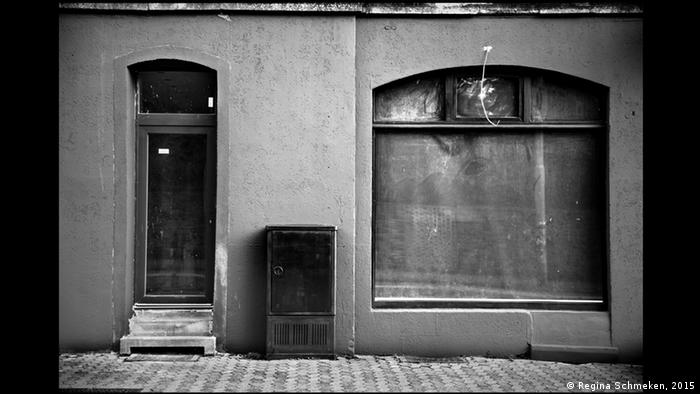
The NSU crime scenes: a photo exhibition
Halit Yozgat, 06.04.2006, Kassel
In this house, the 21-year-old Halit operating Yozgat, born in Kassel, an Internet café, to him, the NSU with two shots killed. Like all of the NSU victims, he was found lying on the ground, executed by the radical right-wing terrorists. He died in the arms of his father.
-
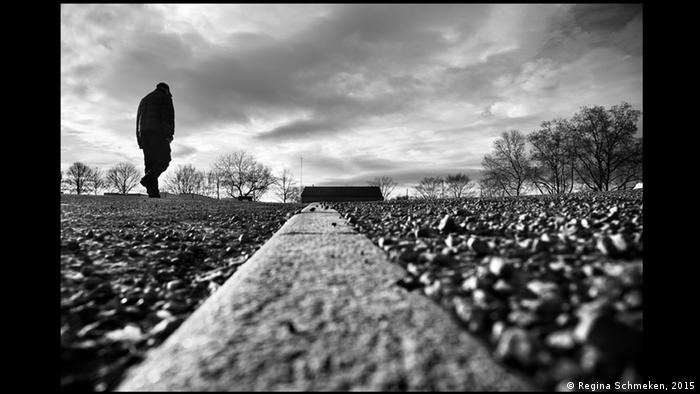
The NSU crime scenes: a photo exhibition
Michèle Kiesewetter, 25.04.2007, Heilbronn
The policewoman Michèle Kiesewetter, a 22-year-old, was the car in your strip on the Heilbronn-Theresienwiese with a shot to the head killed. She was the tenth and last murder victim of the NSU. The exhibition will be directed against the Forgotten and any questions to the Events and to the future to live together. To see you is games to 29.10.2017 in the Martin-Gropius-Bau of the Berliner Festspiele.
Author: Katharina Abel
-

The NSU crime scenes: a photo exhibition
Enver Şimşek, 09.09.2000, Nuremberg
Enver Şimşek, 38 years old, was the first victim of the NSU. He was found in a Nuremberg arterial road with several bullets in his body and died two days later. Regina Schmeken began in the spring of 2013 to photograph the scenes of NSU, and attended it until 2016 several times.
-

The NSU crime scenes: a photo exhibition
Süleyman Taşköprü, 27.06.2001, Hamburg
The fruit and vegetable dealer, Süleyman Taşköprü, aged 31, was lying in a pool of blood, as his father was. He died shortly thereafter. Photographer Regina Schmeken feels with your camera are often on the ground pulled out, she says. The flooring in this photo is 14 years after the fact is still the same.
-

The NSU crime scenes: a photo exhibition
Mehmet Turgut, 25.02.2004, Rostock
Here, the 25-year-old Mehmet died Turgut. He worked temporarily at a kebab stand, when the NSU killed killer shots him in the head. In their exhibition project of Regina Schmeken to the memory of the Murdered and to deal with the crime scenes, which have long been no trace of a violent crime.
-

The NSU crime scenes: a photo exhibition
Nail Bomb Attack, 09.06.2004, Cologne
In Cologne’s keupstrasse, the Explosion of a remote-ignited nail bomb injured 22 people, four of them seriously. The street in the district of Mülheim is known for its large number of Turkish and Kurdish shops. A long time the police went out – incorrectly – that it went in the attack to a family feud.
-

The NSU crime scenes: a photo exhibition
Theodoros Boulgarides, 15.06.2005, Munich
The seventh NSU murder victim Theodoros Boulgarides was. The Greek was executed with three shots to the head. In your images you taste scenes of everyday life has not spared. So you want to make it clear that the killings could at any time happen anywhere.
-

The NSU crime scenes: a photo exhibition
Halit Yozgat, 06.04.2006, Kassel
In this house, the 21-year-old Halit operating Yozgat, born in Kassel, an Internet café, to him, the NSU with two shots killed. Like all of the NSU victims, he was found lying on the ground, executed by the radical right-wing terrorists. He died in the arms of his father.
-

The NSU crime scenes: a photo exhibition
Michèle Kiesewetter, 25.04.2007, Heilbronn
The policewoman Michèle Kiesewetter, a 22-year-old, was the car in your strip on the Heilbronn-Theresienwiese with a shot to the head killed. She was the tenth and last murder victim of the NSU. The exhibition will be directed against the Forgotten and any questions to the Events and to the future to live together. To see you is games to 29.10.2017 in the Martin-Gropius-Bau of the Berliner Festspiele.
Author: Katharina Abel
A total of ten murders are the “national socialist underground” (NSU) to load – especially of Turkish origin citizens were the rights of Terror victims. The trial against the main defendant, Beate Zschäpe, is trying to bring light into the darkness.
In the spring of 2013, the well-known photo journalist and photo artist Regina began you taste to take a photograph of the former crime scenes. Is created in the image band of the “Bloody ground. The crime scenes of the NSU”. The Black-and-White photos are now the subject of an exhibition in Berlin’s Martin-Gropius-Bau.
Deutsche Welle: wife Schmeken, the NSU process is again very present in the media. The office of the attorney General has held the plea. How do you perceive this, especially since you were at the crime scenes. The end of the process, is a kind of salvation – especially for the victims?
Regina Schmeken: This is a difficult question. The exhibition is like a staging. Each scene gets a triptych, and the completion of forms, the door to the court. This door, which actually looks very shabby, is a powerful metaphor. The defendant went through the door. And all waiting for something now, opens. The question is: are we going to Get a look at the truth?

The photo journalist and photo artist Regina Schmeken is regarded as a Chronicler of the contemporary German
The victims were all people who had a very positive relationship to Germany. If you go through the exhibition, you see, they were normal places. Why were murdered in these places, these people? This arbitrary burden on the families of the victims. You want this salvation you speak of. You want to finally light comes into the darkness.
What brought you back to the crime scenes?
Originally, what is the order of the süddeutsche Zeitung. Mrs Annette Ramelsberger said to me that I should travel to before the start of the process all the crime scenes and photograph them. I realized from the start that this is important. And then I found it all so monstrous that I’ve made it my own project.
That was a risk. I thought, hopefully this now leads to Kitsch or to a false Pathos. I had no contact with the Victims and the families. And I had a great fear that it could be embarrassing. But since I’m reconciled now. In Dresden, the son of the first victim was. He told me that he found the exhibition to be good, because the father and the other victims would not be forgotten. The exhibition has become something of a memory.
Ideology of “blood and soil”
“Bloody ground – The sites of the murders of the NSU” is the name of your exhibition Yes. “Bloody floor” – this refers to the blood and soil ideology of the Nazis. The title is a conscious reference to the ideological umbilical cord between the perpetrators and the ideology of the Nazis?
Yes, I wanted to emphasize it. And then the people are literally executed. They are all lying in a pool of blood, her own blood on the ground has been found. Therefore, the ground point of view in my photographs.
It is the view of the people who went to the ground. It pulled me further and further down in the course of my “investigations”. I felt as appropriate. And quite clearly: it is this ideology, not to think that the foreigners are here because you are not born here, and influences not bring, the are English. This fits quite well with the ideology of blood and soil.
In your photos of the crime scenes they show neither perpetrators nor victims. That was a challenge or rather a condition for, what you were doing?
It was a great challenge to go somewhere where nothing is. It was years after the deeds, when I showed up at the crime scenes. It is the people that were there are missing. It moved partly to other people, but are created empty. And to photograph a space, so that they might interest someone else, is not so easy.
How has that influenced your work, your own point of view on the crime, or changed?
I came closer to the victims ‘ families and also the people who have a migration background. I went with it. What’s bothering me: You don’t want to look so carefully. I found all of it very terrible, what happened. But I don’t want to know. And now I had to set myself apart so very intense. In Cottbus has been driving recently, an Egyptian student. And then you have your still behind shouted, you would be your own fault as a Migrant, which would have nothing to do here. She died later then. This is really hard to endure. The society must not look away. You must make against such machinations of something.
The Exhibition “Regina Schmeken. Bloody Soil. The scenes of NSU” is up to 29. To see October 2017 in the Martin-Gropius-Bau in Berlin. Previously, it was shown in the military history Museum in Dresden.







